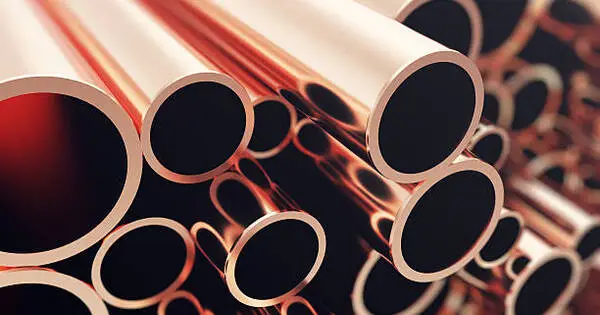Living with less steel can be an important goal for reducing the environmental impact of our industrial activities. Steel is a widely used material that is essential for many industries, but its production is energy-intensive and can contribute to greenhouse gas emissions.
Steel is one of the most important materials in the world, essential to the cars we drive, the buildings we live in, and the infrastructure that allows us to get around. Steel also contributes 7% of global greenhouse gas emissions. 45 countries pledged in 2021 to pursue near-zero-emission steel over the next decade. But how feasible is it to produce the steel that society requires with zero emissions?
According to a new study focusing on the Japanese steel industry, if we are truly committed to achieving zero emissions, we must be prepared for a scenario in which the amount of steel we can produce is reduced. Japan has set a target of 46% reduction in steel emissions by 2030, and zero emissions by 2050. So far, the roadmap for achieving this is heavily reliant on future technological innovations. Carbon capture and storage (CCS) and hydrogen-based technologies are being watched with interest.
By 2050, zero-emission steel production is feasible, but only in limited quantity and quality compared to current total production. This is due to the scarcity of zero-emission compatible resources and scrap steel downcycling practices.
Dr. Takuma Watari
A researcher at Japan’s National Institute for Environmental Studies who is currently collaborating with the University of Cambridge, argues in the study that there is no silver bullet. He claims that current carbon-cutting plans underestimate how difficult it will be to develop and widely deploy CCS and hydrogen technologies: “These technologies continue to face significant technical, economic, and social challenges and have yet to be widely adopted. Importantly, it is highly uncertain whether there will be enough non-emitting electricity to support these technologies.” We must confront the possibility that technological innovations will not be ready in time to allow us to maintain current levels of steel production while reducing emissions to zero.
The study involved mapping current steel flows in Japan’s industry and using a model to investigate how the industry might change if a strict carbon budget were implemented in the future. Dr. Watari explains that under a zero-emission carbon budget, the quantity and quality of steel produced would be drastically reduced. This is due to a lack of resources and the practice of downcycling, which involves using scrap steel with impurities to make new products. Because these impurities are difficult to remove, the new products differ in quality and functionality from the original steel.

Dr. Watari claims “By 2050, zero-emission steel production is feasible, but only in limited quantity and quality compared to current total production. This is due to the scarcity of zero-emission compatible resources and scrap steel downcycling practices.”
According to the research, with a carbon budget of zero emissions, steel production would be drastically reduced compared to today, reaching only about half of current levels at best. Higher-quality steel production (e.g., sheet steel) would be particularly hard hit in this case.
The implication is clear. It is not enough to rely on a technological silver bullet materialising to transform the supply of steel. We also need to look seriously at strategies to reduce demand by shifting our culture of steel use and improving our material efficiency. We also need to pursue upcycling to produce high-grade steel from scrap steel.
This will necessitate cooperation from both users and producers of steel. Steel products that are designed to last longer or to be lightweight could be made more resource efficient. When steel products reach the end of their useful life, advanced sorting and shredding could be used to remove impurities from scrap steel. As a society, Japan may need to become less reliant on steel and shift to a model of ‘service use’ rather than product ownership. Unlike today, when steel is abundant and cheap, a net-zero future will necessitate greater efficiency in the use of scarcer, more expensive steel resources.
Dr. Watari concludes that while we must invest in technological innovations, we cannot simply sit back and wait for them to appear. Instead, steel users must brace themselves for a world with less steel: “We do not deny the importance of investing in cutting-edge manufacturing technologies. Rather, we want to emphasize the importance of looking for far more strategic options rather than relying solely on silver bullet production technologies. Placing material efficiency and upcycling at the heart of decarbonisation plans can help to reduce over-reliance on innovative production technologies while also preparing for the possibility that these technologies will not scale up quickly enough.”













